EMBERS Featured in Virginia Tech Magazine
The EMBERS project, sponsored by IARPA was featured in a major spread of the Virginia Tech Magazine.
Through the use of big data, Naren Ramakrishnan and his team from the computer science department’s Discovery Analytics Center (DAC) may make forecasting the future as commonplace as forecasting the weather.
The term “big data” refers to the use of algorithms and other tools to train computers to spot trends in collections of information that are too massive and complex to analyze with traditional methods. The proliferation of data has accelerated with the integration of computers into our daily lives, from social media on our phones to tracking buying habits at the grocery store.
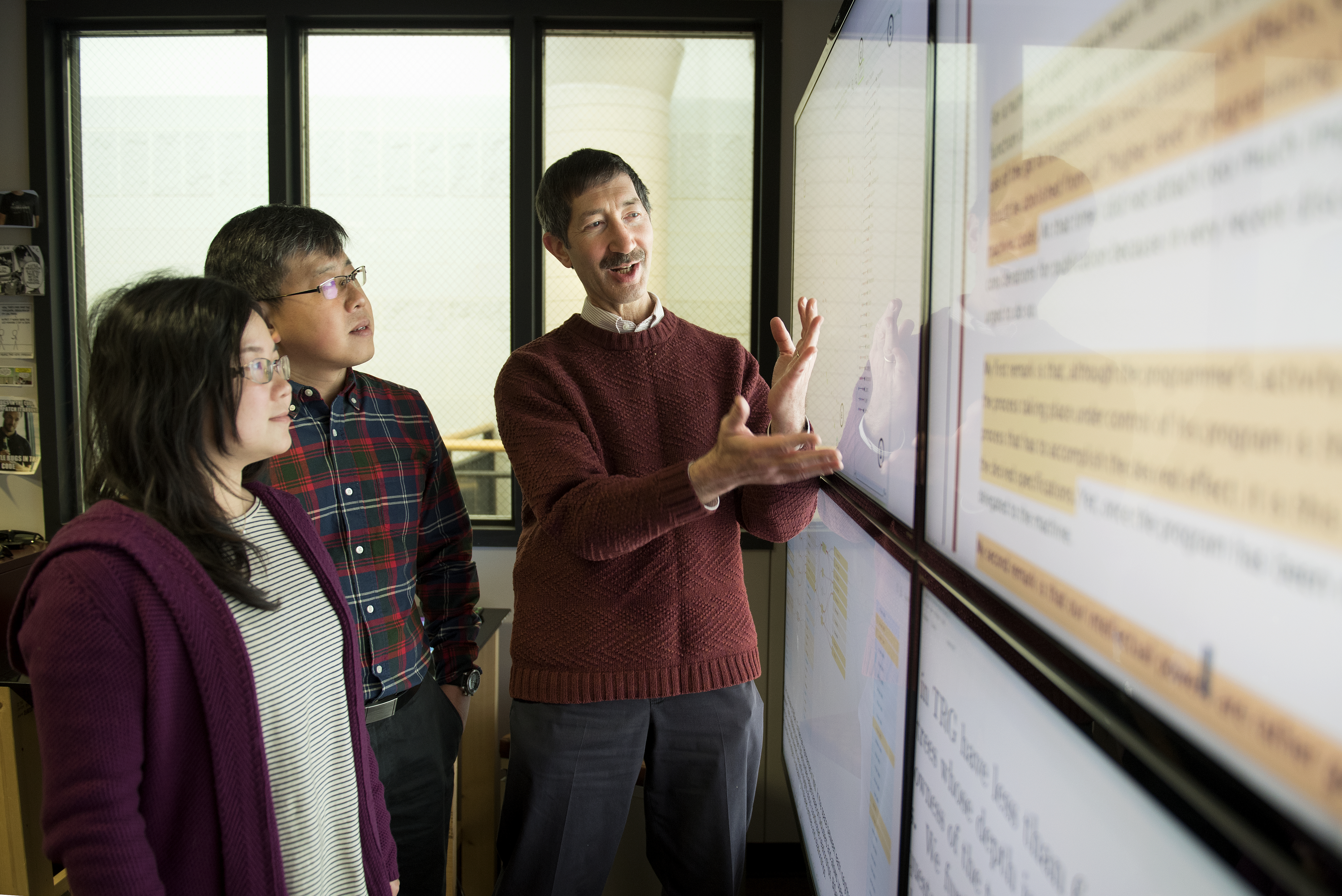
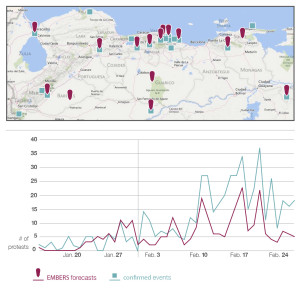
 Prithwish Chakraborty, DAC/CS PhD student is helping organize the Flu Forecasting questions on the SciCast prediction market (
Prithwish Chakraborty, DAC/CS PhD student is helping organize the Flu Forecasting questions on the SciCast prediction market (
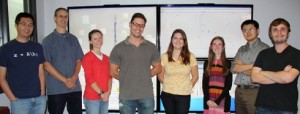
 An enormous gap exists between human abilities and machine performance when it comes to understanding the visual world from images and videos. Humans are still way out in front.
An enormous gap exists between human abilities and machine performance when it comes to understanding the visual world from images and videos. Humans are still way out in front.
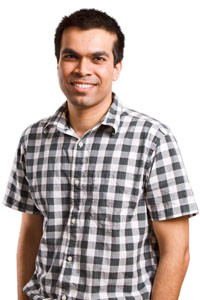 When
When 
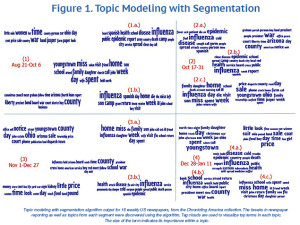 The new methods of “big data” analysis can inform and expand historical analysis in ways that allow historians to redefine expectations regarding the nature of evidence, the stages of analysis, and the claims of interpretation.
The new methods of “big data” analysis can inform and expand historical analysis in ways that allow historians to redefine expectations regarding the nature of evidence, the stages of analysis, and the claims of interpretation.